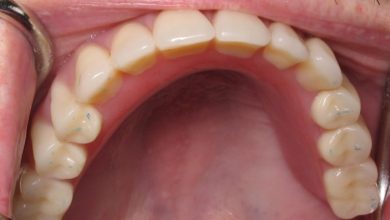
How a Serological Centrifuge is Used in Serology
Serology is a branch of biology that deals with the study of blood serum and diseases, especially infectious ones like hepatitis B, AIDS, malaria, etc.
In clinical laboratories, serological centrifuges are vital pieces of equipment used to diagnose diseases and perform other diagnostic tasks. These instruments separate blood cells from the rest of a test sample through a combination of speed and centrifugal force. This allows separation of key components in the blood, especially serum proteins involved in inflammation, which can give insight into specific diseases.
Serological centrifuges are also used to separate blood plasma from whole blood for further processing, identification of proteins through protein assays, and culturing of bacterial antigens.
How is a serological centrifuge used?
Whole blood is placed into the serological centrifuge, which creates a closed system when securely closed by clamping it to a surface. The rotor of the machine spins the sample, and centrifugal force pushes the cells outwards.
As the sample is spinning, the centrifuge creates a force that is proportional to the rate at which it is spinning and inversely proportional to its radius. Since extremely high forces are not needed for clinical work — around 3000g — small benchtop machines can be used.
Quick Reminders
Before using the serological centrifuge, make sure you follow all standard safety procedures. Ensure that the centrifuge is securely clamped to a surface, so it doesn’t slip or tip over. Make sure the sample tube is securely placed inside the rotor. When you are ready, close the lid of the centrifuge, ensure the parameters are correctly set, then press start. After your run is complete, open the lid and carefully remove all the tubes carefully, then turn off the centrifuge.

